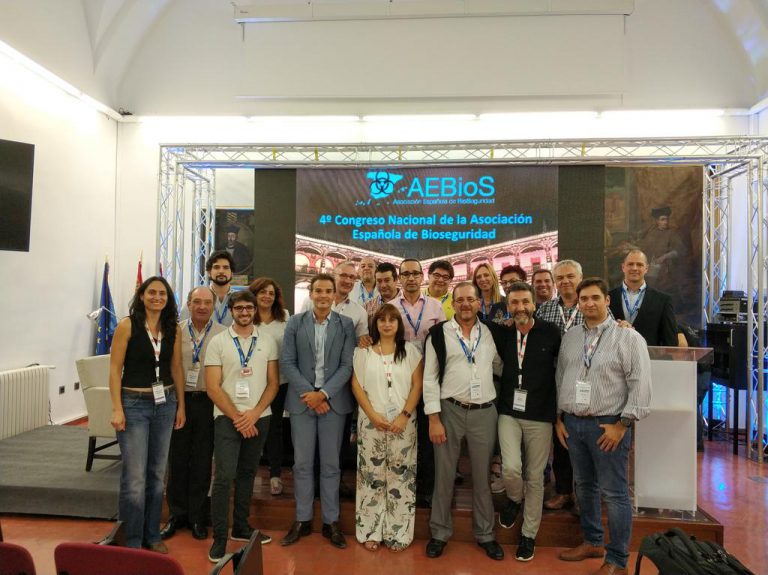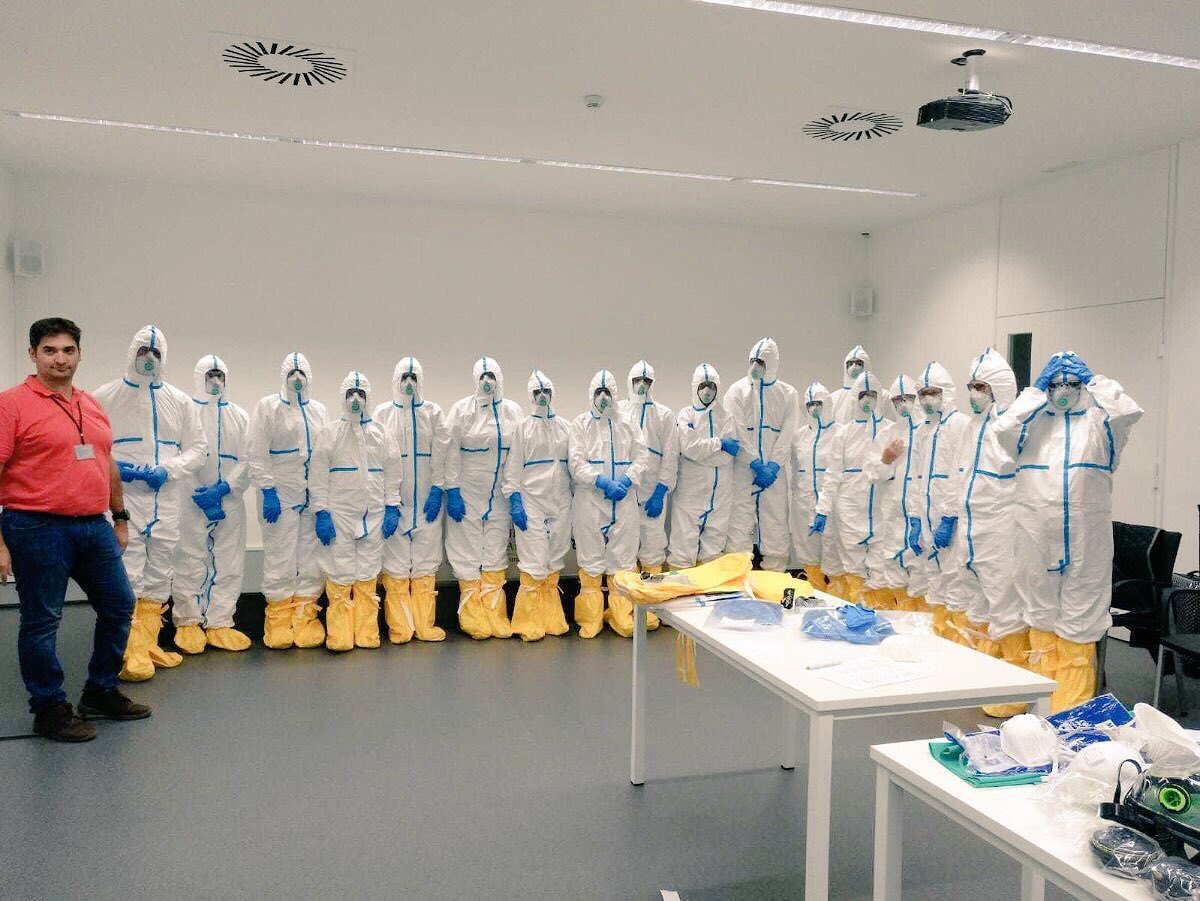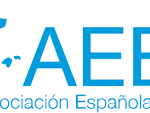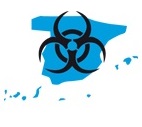Viral comments (42): AEBioS 2018-A very diverse congress

Last week, from 3th to 5th of October, AEBioS, the Spanish Biosecurity Association held its 4th congress, this time in Salamanca. Personnel from IRTA-CReSA, as in previous edition, participated in it such as Xavier Abad, and the Head of IRTA Infrastructure Platform of the Animal Production Area, David Solanes.
The theoretical-practical workshops were a success and will probably be subject to iteration and improvements to the forthcomming congresses; in this were: “Personal Protection Equipment (PPEs): Choice and use”, “Autoclaves, use and validation of cycles”, “Biological safety cabinets: election, use and cleaning” and “GMP Validation of surfaces”
The “corpus” of the congress was, however, the plenary sessions and round tables. Some PDF files of the oral communications are available at the associtaion website.
I will briefly comment on some, without wanting to be exhaustive.
It was very interesting and enriching the talk “Genetic Edition and Bioethics” by Josep Santaló of the Autonomous University of Barcelona, where the potential of genetic editing was discussed not only in animals or plants but in people and where ethical concepts were handled such as “playing God” or What is improvement? And, how far do we send the improvement? And what is a disease? Where does the pathology end, where the polymorphism begins, where the simple individual characteristic are? What traits must be changed and in what sense? And, we have the right to modify ourselves by modifying then our potential offspring? The “biological enhancement” vs the genetic determinism, the “genetic tyranny”. And the concept that every improvement is self-eliminating since all improvement pursues a positional advantage (since it comes from the comparison).

PPEs workshop. Foto: Ramos STS-Protección
This communication was followed by a second plenary session on “Dual-use research (DURC): gain-of-function experiments (GOF), an endless discussion?” in charge of the writer, Xavier Abad, IRTA-CReSA, who explained the problem of gain-of-function experiments, within what is considered the Dual-use research of concern, with the difficulty of making an objective and quantifiable risk / benefit assessment and considerations on the degree of control through lists of select agents or the binomial evil terrorist / negligent or incompetent operator, or as the concern of the DURC has shifted from the biosecurity towards the field of Biosafety.
Another report of quite actuality was “Zoonoses transmitted by ticks” by Nerea García (remember the case of deadly infection by Crimea Congo a couple of months ago) where a walk was made on the diseases transmitted by ticks and the precautions to be taken in case to be bitten by them.
The round table “Presentation of standard 171400”, chaired by the current president of AEBioS, Iñaki Echeverría of the Basque Country University (UPV/EHU) was very enlightening. This standard deals with the design of high containment facilities, biosafety level 3 (or BSL3), not only in the human area, but also in terms of animal or plant experimentation; it does not go further, it does not apply to laboratories of maximum biocontainment or biosafety level 4 (BSL4). Therefore, it will be the guide against which the close to 60 high containment facilities in Spain will be examined or checked right now. It is not a technical norm, it does not give indications of materials, or quality, it is a minimum document, but at the same time it is thorough in these minimum requirements, which should help to standardize the facilities. And it will be a certifiable standard.
It was provocative, and interesting, the plenary on “Biounsafety” by Gonzalo Pascual, CISA Valdeolmos. Biosafety can be defined as a transient, unstable state, between two points of biounsafety; in a very graphic example, biosafety is a string of many fibers, if we break or cut some, we stress all the others. The communication about “Design and construction solutions for BSL3 laboratories” by Luis Linares was also interesting and provided data on comparative costs between BSL2 and BSL3 facilities; the costs from m2 to BSL3 are at least twice the equivalent of BSL2; as, in addition, BSL33 needs service areas, mechanical areas, the costs are even higher; In fact, their estimates indicate that for each m2 useful for BSL3 an additional 3 or 4 m2 are needed that are experimentally unproductive. A very useful review was also made on the different construction models, including the construction by modular panel.
Very interesting, finally, was the communication of “Register of disinfectants” by J. A. Serón, from MATACHANA, since by 2020 in the European Union it will be mandatory that the disinfectants are registered for their use; A surface disinfectant will be registered and can be used for surfaces but, for example, could not be used as a mist or to disinfect liquid volumes. This can be an important challenge for manufacturers, distributors, and obviously applicators, among whom the managers of facilities are. And in Spain, of course, the situation remember Kafka; registering a disinfectant costs more than 200,000 euros and more than two years of paperwork, doing the same in Germany costs 50 euros and few weeks.
In short, a congress where we met about 120 people, professionals from research centers, administration, and companies engaged in biocontainment, biosafety, manufacturing and distribution of personal protection equipment, disinfectants, etc. to share experiences, new developments, and resolution of troubleshooting, etc. Always in a spirit of frank collaboration since the problem of another may end up being your problem, or that of everyone.
But this, this is another story.
Cover photo: Iñaqui Echeverria













